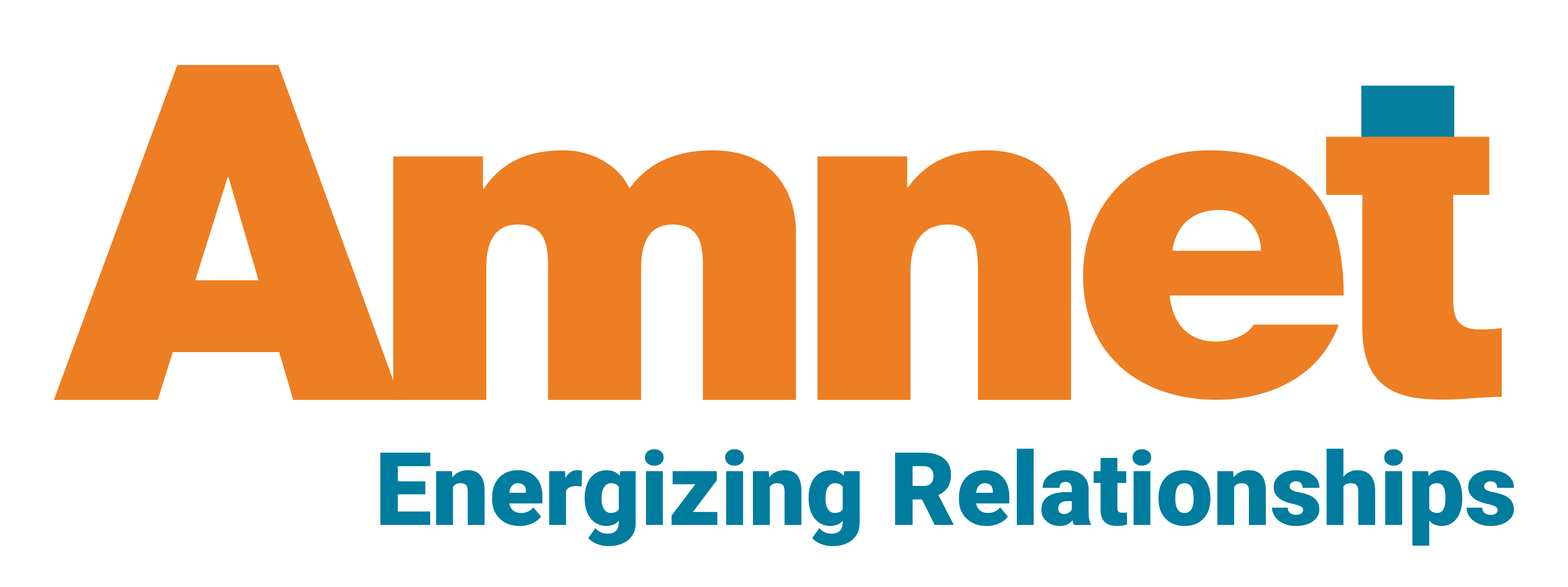
- Publishing
- xml workflow
- xml
What Are the Benefits of an XML-First Workflow in Publishing and Marketing?
Is It Time to Drop the PDFs? The Benefits of an XML-First Workflow in Publishing and Marketing
An Extensible Markup Language, or XML workflow, is, as the word says, “extensible,” as it allows authors to define their own tags in the order that they occur in the document. Tags in XML are markup symbols that define data or files and allow for systematic coding. XML tags are used by software to determine how the data in a document is processed. With online publications gaining traction in the recent past, so have PDFs, but as common as the format is, they do have specific limitations in content extraction since PDF documents carry no markup or hierarchy in their data. However, in an effort to increase content visibility and readership, publishers have begun exploring options other than PDFs that enable discoverability and use the latest technology. XML is the latest norm in digital format publishing where it turns documents into information that is ready for virtual display on any device, be it a Kindle reader, EPUB smartphone app, laptop, website, or traditional print media.
What Is an XML-First Workflow?
In an ideal workflow, content creation and editing are the first tasks to be performed. At times, the document is converted to PDF as it passes through different channels. XML tags added at the final stages of the workflow. With an XML-first workflow, XML tags are inserted as the first step, and the document is created with XML in mind from start to end.
Why Is XML-First Optimal?
When publishers take care of XML at the end, the content can appear somewhat forced or strangely formatted. Editing becomes a challenge as it requires opening the document for the slightest edits and changes. This translates into significant expenditure of time and effort.
By implementing an XML-first workflow, you get the following:
Intuitive documents that adapt freely to any publishing medium.
The ability to make global style changes effortlessly.
Simultaneous handling by different editors
Content that looks specifically designed for the web.
In a publishing workflow, XML can be a flexible tool that allows storage and transport of data, along with easier exchange of data across platforms, as these files are smaller and easier to use on websites and mobile applications. As a boon for academic publishing, XML files allow for content visibility to third-party services for abstracting and indexing. XML files are easier to update and modify when corrections have to be made. The JATS XML format is the preferred choice when it comes to scholarly publishing, owing to its versatility, standard of quality, and time efficiency. On the whole, an XML-first publishing workflow ensures better visibility of documents, simplifies citations using XML tagging, and increases versatility in formats, making it easier to share documents across platforms.
What It Takes
You don’t need to be a programmer—though having one on your team can be very helpful—to implement XML-first or XML-middle strategies into your content. Contact the expert design and full service publishing team at Amnet instead to streamline the authoring process with an XML-first workflow for incredible XML conversion services that are also cost-effective and produce results that translate to wider readership.
Sources
http://apexcovantage.com/blog/why-markup-matters/.
http://www.peachpit.com/articles/article.aspx?p=1845243&seqNum=2.
http://aaupwiki.princeton.edu/index.php/XML_Workflow_Summary.
https://www.spiceworks.com/tech/tech-general/articles/what-is-xml/.

Thank you for Subscribing!
The confirmation link will be sent it to
your mail
RELATED POSTS
-
 Publishing
Publishing -
 Publishing
Publishing -
 Publishing
Publishing



